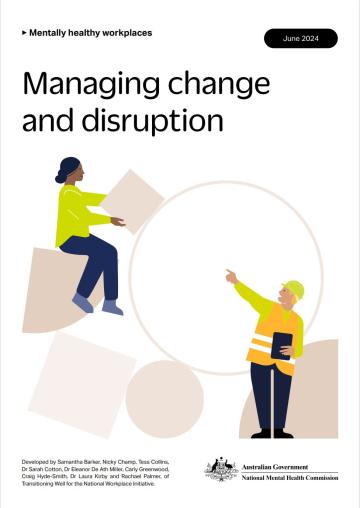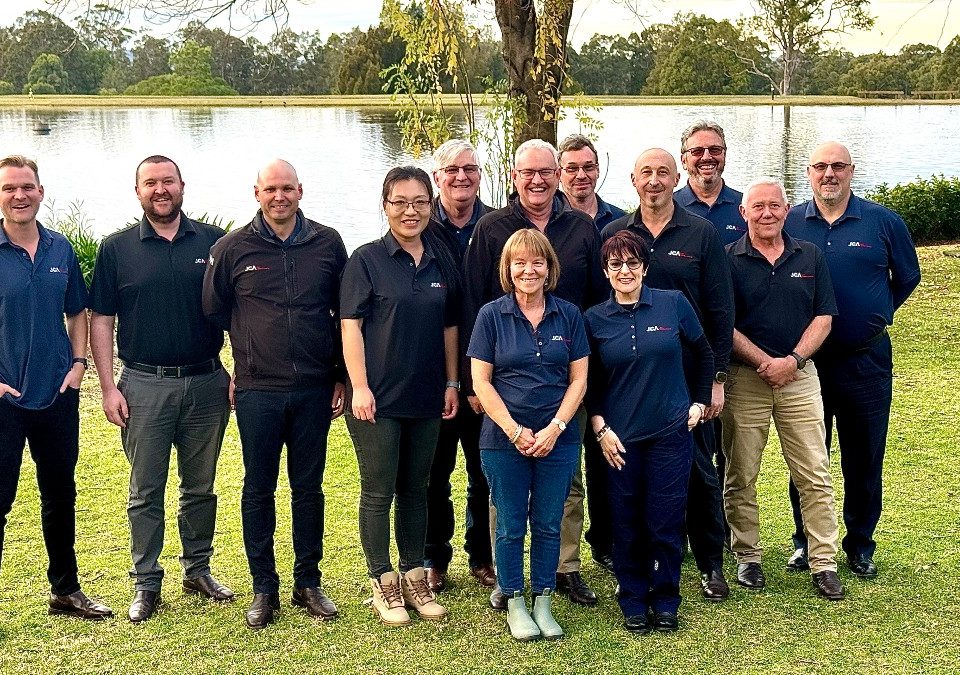Disruption is the New Normal — and Australian Workplaces Aren’t Ready
By Dr. Sarah Cotton
If life and work feel increasingly chaotic and unpredictable, as if the rug is constantly being pulled out from under you — you’re not imagining it. From AI and cyber-attacks to climate-related disasters, geopolitical tensions and market crashes, the pace of change has accelerated, and there’s no sign of it slowing.
Australian workplaces are now operating in an era of continual disruption. In addition to adapting to external changes, many workplaces are also undergoing digital transformations and navigating flexible work arrangements.
However, the problem many of the methods workplaces use to navigate change assume that major change is an occasional event, not a constant state. This lack of clear guidance on how workplaces can adapt to the new normal of constant change (i.e., change on steroids), means that Australian workers and business outcomes may be at risk.
The cost of continual disruption
Poorly managed change or disruption has been identified as a “psychosocial hazard” – an aspect of the work environment that can cause a stress response that can lead to psychological or physical harm.
Research consistently links unmanaged or poorly executed organisational change with outcomes like chronic stress, burnout, disengagement, and increased turnover. Worse, people negatively impacted by one round of disruption often become less resilient to the next. In a world where technological, environmental, and social disruptions are compounding, it can become a vicious cycle, eroding wellbeing, productivity and workplace culture.
Put simply, unmanaged disruption isn’t just an operational risk — it’s a mental health one too. Furthermore, as workplaces in many jurisdictions are legally obligated to identify and manage psychosocial hazards, failing to effectively manage change could create exposure to duty holders.
Outdated models, inadequate responses
Traditional change management frameworks are no longer fit for purpose. They assume a structured journey from point A to point B that can be planned, communicated and carefully managed.
However, in reality, today’s disruptions often arrive unannounced, overlap unpredictably, and ripple through organisations in unforeseen ways.
Existing guidance for managing disruption often focuses on vague leadership principles such as “communication” and “trust”. Although important, this principles-based approach can be hard to translate into specific actions leaders can take when facing real-time crises.
There’s also a gap in responsibility. Managing disruption isn’t just a task for senior leadership or the People and Culture team. Instead, it requires coordinated action across all levels of the business – with everyone equipped to respond in ways that protect both people and performance.
What good looks like
Some progressive organisations are already adapting to create their own methods for managing disruption. They’re embedding psychosocial risk management into everyday practices, not just when a crisis strikes. And crucially, they’re fostering collaboration between change management, mental health, and workplace safety and wellbeing experts to develop more resilient systems.
This kind of forward-looking, disruption-resilient approach will soon be the benchmark, not the exception.
Australia can lead the way
With legal obligations to manage psychosocial hazards in the workplace now firmly in place, Australia is well positioned to lead on this issue. What’s needed now are clear, actionable frameworks for managing continual disruption in ways that support mental health, retention, and long-term organisational resilience.
Because if disruption is here to stay — and all evidence suggests it is — our workplaces need to be far better prepared.
Supporting your team to manage disruption
We are proud to offer a range of workshops and webinars to support your employees and leaders to build mental health capability, literacy and confidence to act – including managing change and disruption. We pride ourselves on packing our workshops with practical strategies you and your team can apply immediately upon leaving the workshop. Find out more.
Managing change and disruption series
We partnered with the National Mental Health Commission on a practical guide to help organisations better understand the impact of disruption and how to plan and undertake change management to support people in the workplace.




